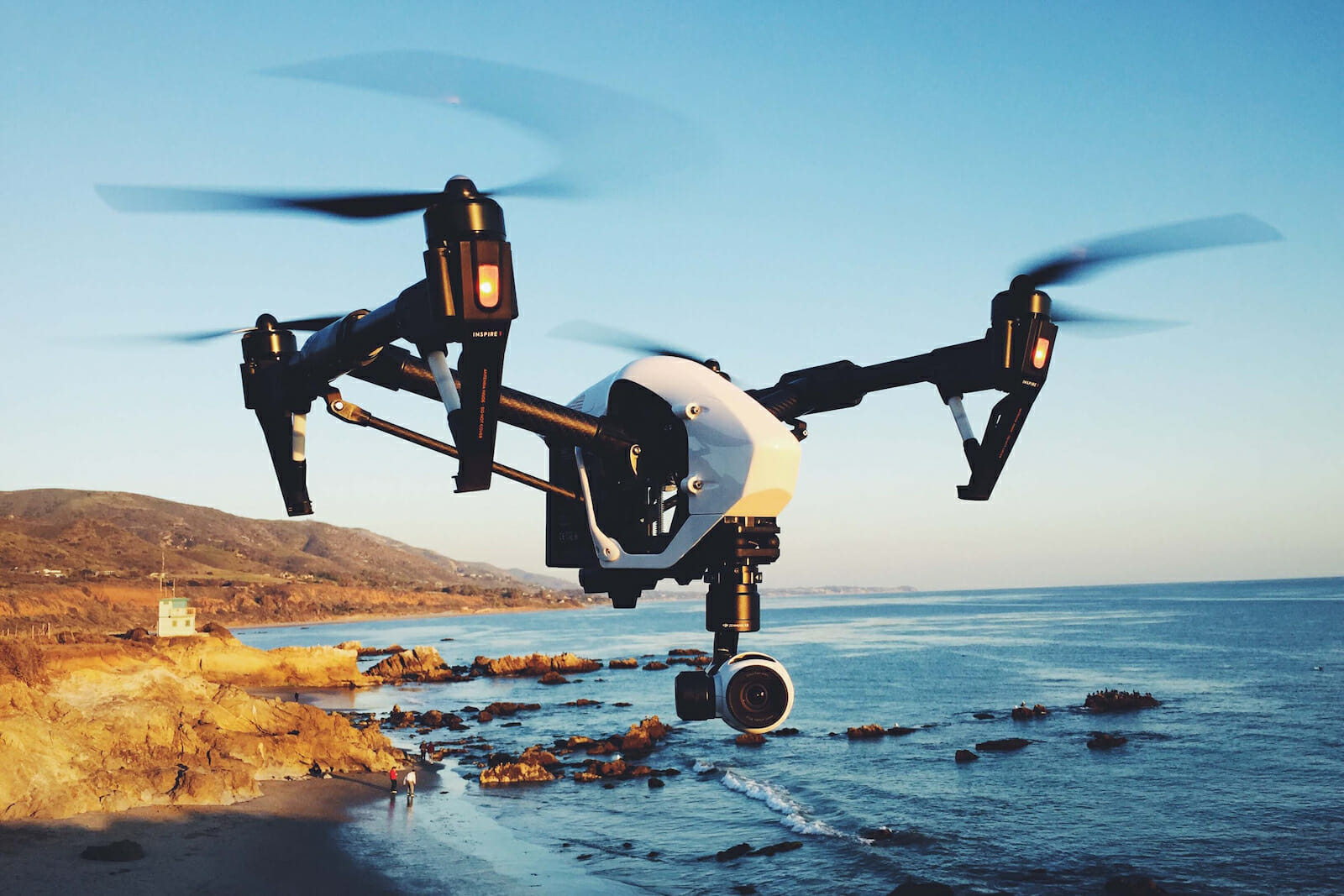
Tech
Understanding Drone Regulations in 2020
Drones are an increasingly widespread technology for both commercial and consumer purposes. Also called Unmanned Aircraft Systems (UAS), these pilotless devices have a substantial range of applications, from recreational photography to corporate security. As to be expected with any emerging technology, U.S. drone laws are still developing.
UAS regulations fall under the authority of the Federal Aviation Administration (FAA). Different laws apply depending on whether a drone is commercial or recreational, but the FAA does have some universal requirements. For example, all drones must adhere to the same registration process.
The FAA requires users to register all drones between 250 grams and 25 kilograms, which costs $5 and lasts for three years. After registration, drone pilots will receive an identification number they need to attach to their UAS.
All UAS pilots also have to follow flying guidelines. Users must fly their drones below 400 feet above ground level and keep it within their line of sight at all times. Drones can’t legally fly at night without lights or operate within five miles of an airport.
Both commercial and recreational pilots in the U.S. will have to adapt to some upcoming changes. A recent amendment to the FAA Reauthorization Act of 2018 will introduce new policies to take effect throughout 2020.
Commercial Drones
Industrial UAS usage is growing. Businesses implement drones in a variety of ways, including surveying construction worksites and e-commerce delivery. The FAA allows companies to use UAS for all these applications as long as they meet specific requirements.
All commercial drone operators must earn a Remote Pilot Certificate through the FAA. Certified pilots must be at least 16 years old, able to understand English and pass a knowledge test. As part of the new 2020 drone regulations, all applicants have to obtain an FAA Tracking Number (FTN) before taking the test.
Businesses can apply for a waiver over some operation regulations. Commercial drone pilots can get permission to fly outside of their field of vision, operate over groups and fly more than one UAS at once. The FAA will approve or disapprove waiver requests within 90 days of submission.
Recreational Drones
Recreational UAS pilots can expect the most substantial changes from drone regulation developments. Under the new FAA Reauthorization Act amendment, recreational users will have to pass a knowledge test to fly drones legally. Previously, the law only required commercial UAS pilots to obtain certification.
In addition to passing the test, users will have to fly according to FAA-approved community regulations. Local organizations will have to produce their own set of rules for drone operation, which consumers must follow. Until these communities receive approval, recreational pilots should adhere to the FAA’s guidelines.
In the coming years, drone users may encounter more regulatory changes as well. In December of last year, the FAA proposed a statute that would require all drones to include a remote identification system. If this goes into effect, all UAS will have to broadcast their location and identity while airborne.
Potential Impact of New Regulations
The recent changes in U.S. drone laws, along with the proposed legislation, will lead to a more closely regulated industry. For commercial drone usage, changes are minimal but could have significant impacts. People and companies may hesitate to use UAS, given the extended registration process.
These changes will affect recreational drone pilots more substantially. Having to register as a pilot and pass a knowledge exam could prohibit enthusiasts from enjoying drones as a hobby. This process would be especially prohibitive to international hobbyists wishing to fly drones in the U.S.
If the proposed remote identification regulation passes, it will impact enthusiasts and businesses even further. Many people may be uncomfortable with the government being able to track their property constantly. The possibility of hackers breaking into remote ID systems heightens these concerns.
It’s impossible to tell the full extent of the regulations’ impact at this time. These concerns may turn out to be less of an issue than some think, and new legislation may improve safety in the air. For now, all there is to do is keep these regulations in mind when using or considering drones.

